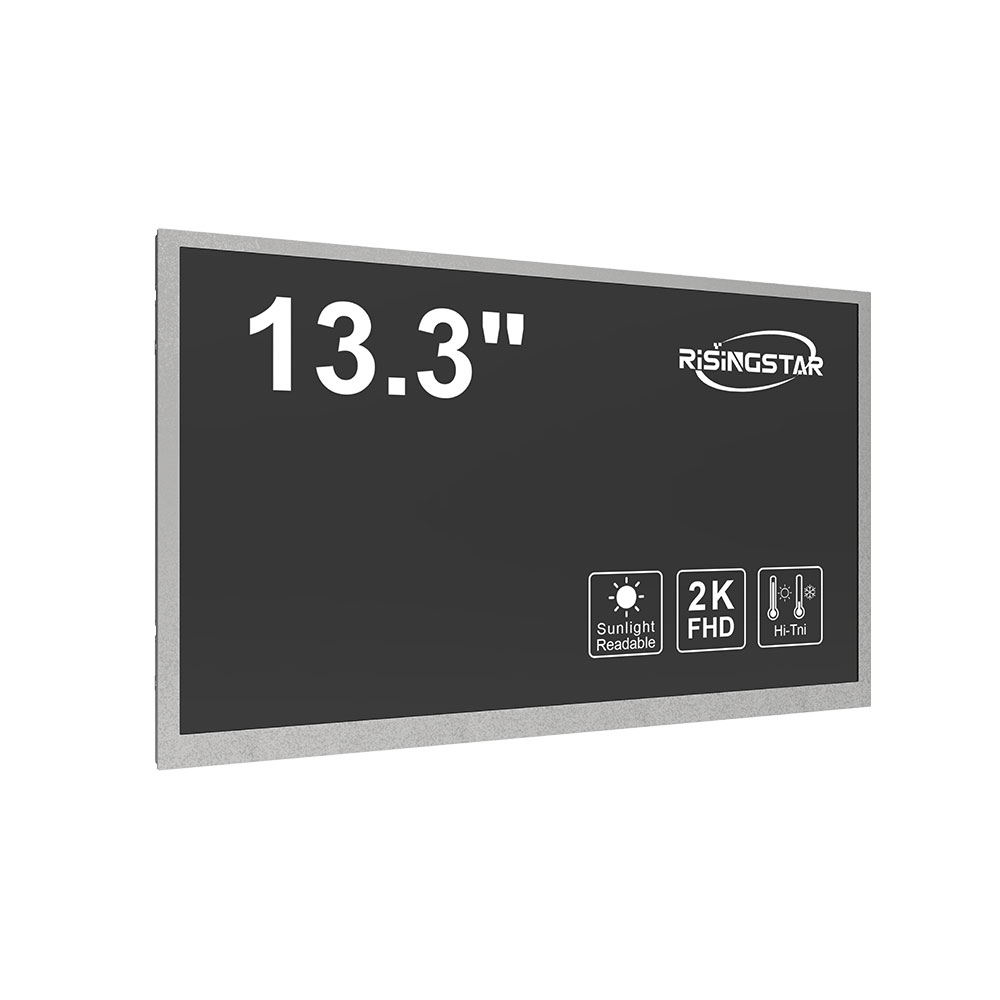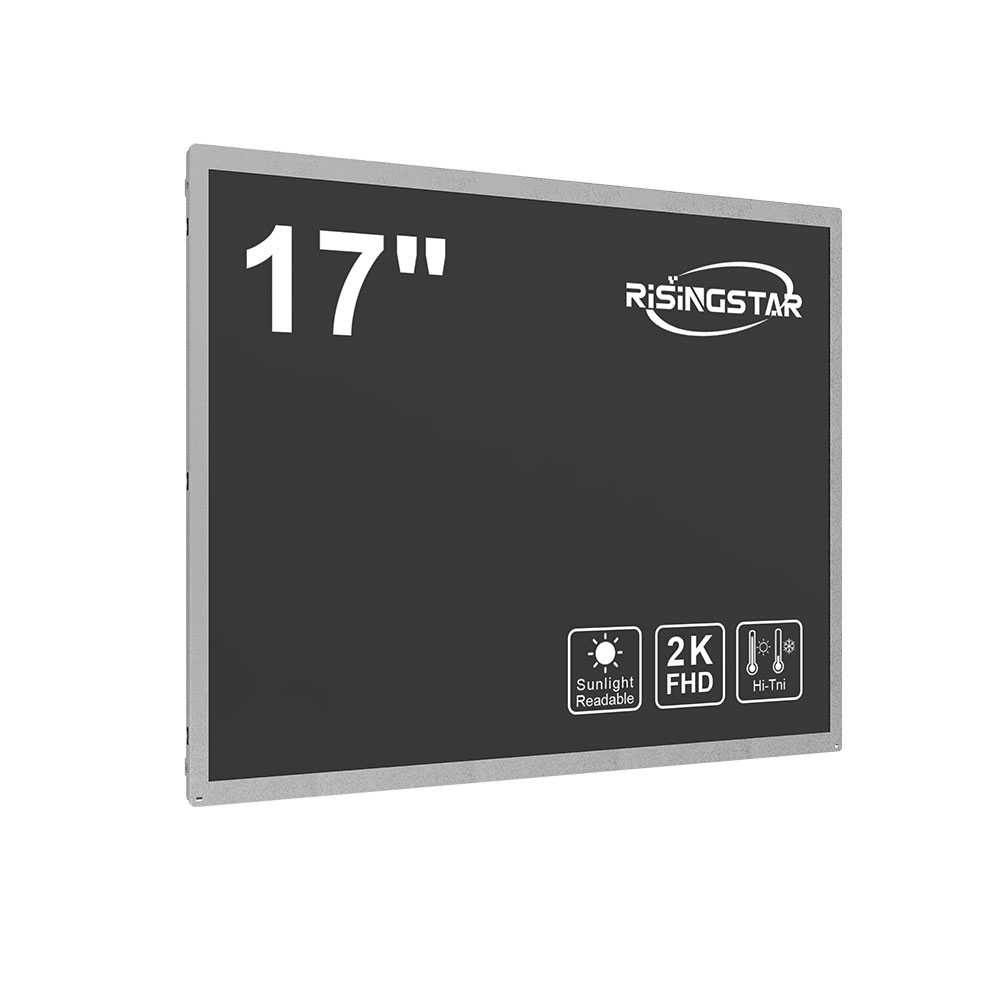In today’s global industrial landscape, high-brightness sunlight-readable LCD displays are no longer optional—they are essential for operational efficiency, safety, and user experience in outdoor and high-glare environments. For overseas equipment manufacturers and distributors serving industries such as agriculture, construction, transportation, and utilities, integrating reliable, high-performance displays is critical to maintaining product competitiveness and customer satisfaction.
The core challenge in outdoor display applications lies in visibility under direct sunlight. Standard LCDs typically offer 300–500 cd/m² brightness, which quickly becomes unreadable when exposed to sunlight that can exceed 10,000 cd/m². To overcome this, modern sunlight-readable LCDs must achieve a minimum of 1,500 cd/m²—ideally 3,000 to 5,000 cd/m²—for consistent readability in full daylight conditions. Leading manufacturers like Sharp, LG Display, and Innolux have developed specialized technologies such as advanced backlighting (LED with diffuser optimization), anti-reflection coatings, and high-contrast IPS panels to meet these demands.

One key innovation is the use of active matrix organic light-emitting diode (AMOLED) or transflective liquid crystal display (TFT-LCD) designs that combine transmissive and reflective modes. Transflective technology allows the screen to utilize ambient light during daylight while switching to LED backlighting in low-light conditions—a significant energy-saving advantage for battery-powered equipment. According to a 2023 study published by IEEE Sensors Journal, transflective displays reduce power consumption by up to 40% compared to traditional backlit LCDs, making them ideal for portable field equipment like GPS-guided tractors, utility meters, and mobile diagnostic tools.

Manufacturers must also consider environmental durability. High-brightness sunlight-readable LCDs often need to comply with IP65 or higher ingress protection standards to resist dust, water, and vibration. MIL-STD-810G certification ensures resistance to shock, temperature extremes (-30°C to +70°C), and humidity, which is crucial for equipment deployed in harsh climates—from deserts to Arctic regions. A case study from Caterpillar Inc. in 2022 demonstrated that replacing standard displays with MIL-STD-810G-compliant, 5,000 cd/m² sunlight-readable screens reduced operator errors by 37% in off-road construction machinery.
From a supply chain perspective, overseas distributors benefit from working with vendors who offer design-in support, customization (e.g., custom bezels, touch integration, and mounting solutions), and robust quality assurance processes. Companies like Crystalfontz and Zebra Technologies provide comprehensive technical documentation, application notes, and reference designs tailored to industrial OEMs, accelerating time-to-market and reducing development risk.
Moreover, regulatory compliance remains a top priority. Displays used in medical, automotive, and aviation sectors must meet specific standards such as ISO 13485, ISO 9001, and DO-160D. Ensuring that your chosen supplier has certifications like UL, CE, and RoHS not only streamlines export logistics but also builds trust with international customers.
In conclusion, selecting the right high-brightness sunlight-readable LCD is a strategic decision that impacts product performance, brand reputation, and long-term profitability. For overseas equipment manufacturers and distributors, partnering with experienced suppliers who understand both technical specifications and global market needs is essential for delivering products that perform reliably under any lighting condition.
2025-07-31
2025-09-16
옥외 LCD 스크린 크기 및 디스플레이 비율 상업적 사용을 위해 설명2025-11-07
고휘도 햇빛 읽기 쉬운 LCD 화면 기술 및 가혹한 환경에서 응용2025-10-07
야외 고광도 LCD 디스플레이로 승객 경험 향상